In recent years, drones have revolutionized the way we capture stunning aerial imagery and videos. Central to this transformation is the drone camera, which plays a pivotal role in capturing breathtaking shots.
One crucial aspect of drone cameras that often goes overlooked is their field of view (FOV). In this article, we will delve into the concept of FOV and explore its significance in drone photography and videography.
What is Field of View (FOV)?
Field of view, often abbreviated as FOV, refers to the extent of the observable world that a camera can capture at a given moment.
In the context of drone cameras, it represents the horizontal and vertical angles that the camera lens can cover, essentially determining what is visible in the captured image or video.
FOV is typically measured in degrees and plays a crucial role in the composition and quality of aerial shots.
Importance of FOV in Drone Photography
- Composition and Framing: A wider FOV allows drone operators to capture more of the surrounding environment, making it easier to compose shots and create visually striking images. This is especially valuable when photographing expansive landscapes, cityscapes, or natural scenery.
- Creativity: Different FOV settings offer unique creative possibilities. A wide-angle FOV can create dramatic and immersive shots, while a narrower FOV can emphasize specific subjects or details. Photographers can experiment with FOV to achieve various artistic effects.
- Avoiding Distortion: Understanding FOV helps in avoiding distortion in images. Wide-angle lenses can sometimes cause distortion at the edges of the frame, such as the fisheye effect. Drone operators need to be aware of these limitations and adjust their FOV settings accordingly.
- Precision and Control: For professional drone pilots, having control over FOV is crucial. It allows them to capture precise shots for applications like surveying, mapping, and inspection, where accuracy and detail are paramount.
Types of FOV in Drone Cameras
- Wide-Angle (Fish-Eye) Lens: Drones equipped with wide-angle lenses typically have a FOV ranging from 100 to 180 degrees. These lenses are excellent for capturing expansive landscapes and immersive aerial views but may require distortion correction in post-processing.
- Standard Lens: Standard FOV lenses on drones provide a more natural perspective, similar to what the human eye perceives. These lenses offer a FOV between 40 to 60 degrees and are suitable for general photography and videography.
- Zoom Lens: Some advanced drones come with zoom lenses that provide variable FOV settings. This versatility allows for greater flexibility when framing shots and adjusting the FOV as needed.
Conclusion
In the world of drone photography and videography, understanding the field of view of your camera is essential for capturing stunning and visually appealing content.
The choice of FOV can significantly impact the composition, creativity, and overall quality of your aerial shots.
Whether you’re an enthusiast capturing breathtaking landscapes or a professional using drones for specialized applications, mastering FOV control will undoubtedly enhance your ability to tell captivating visual stories through your drone footage.




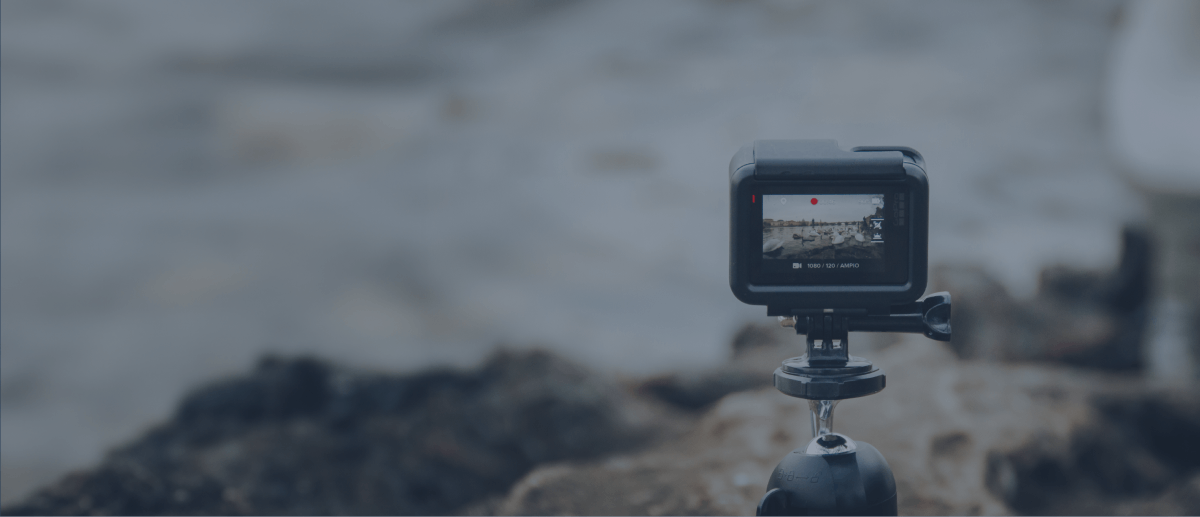
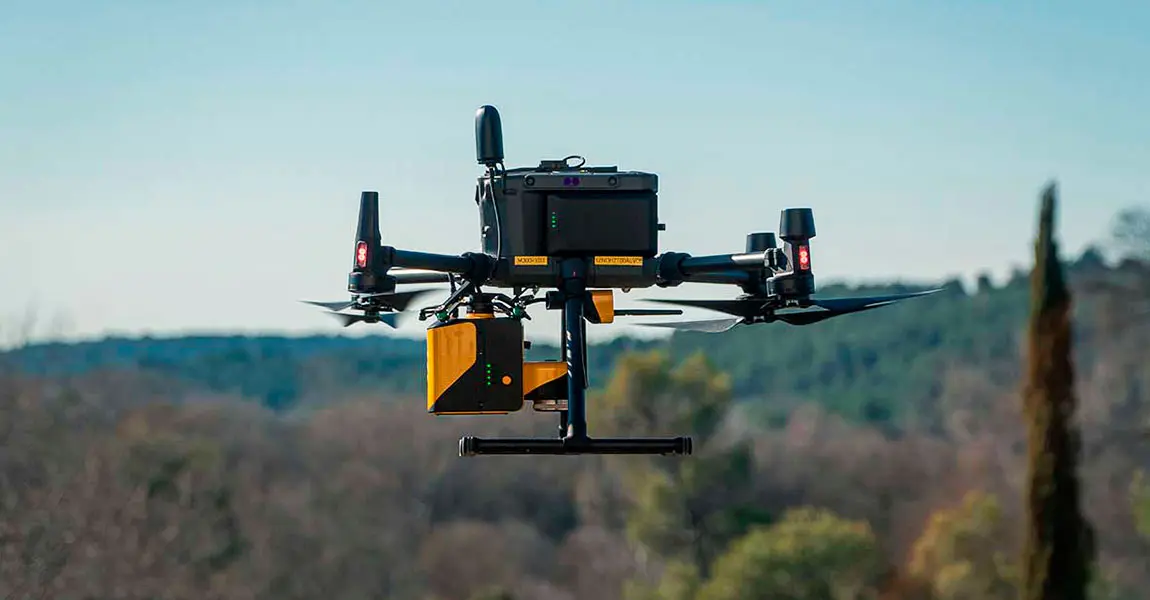
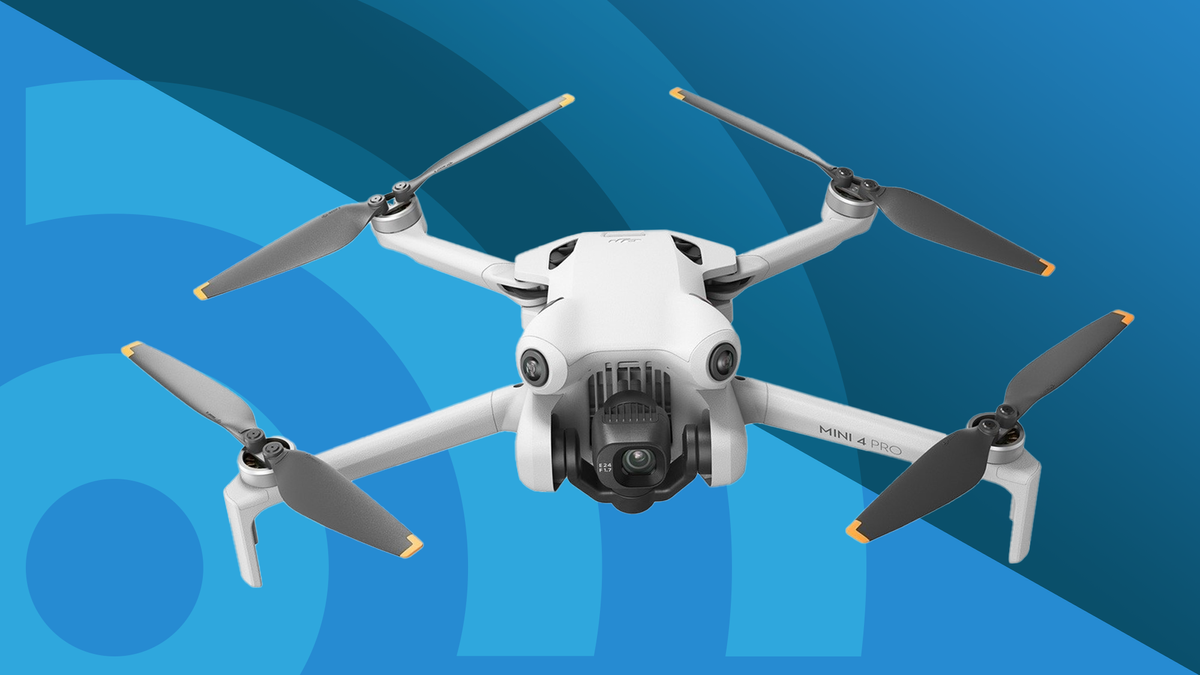
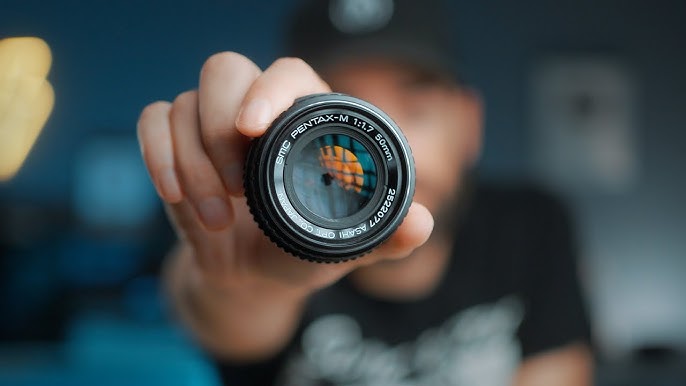
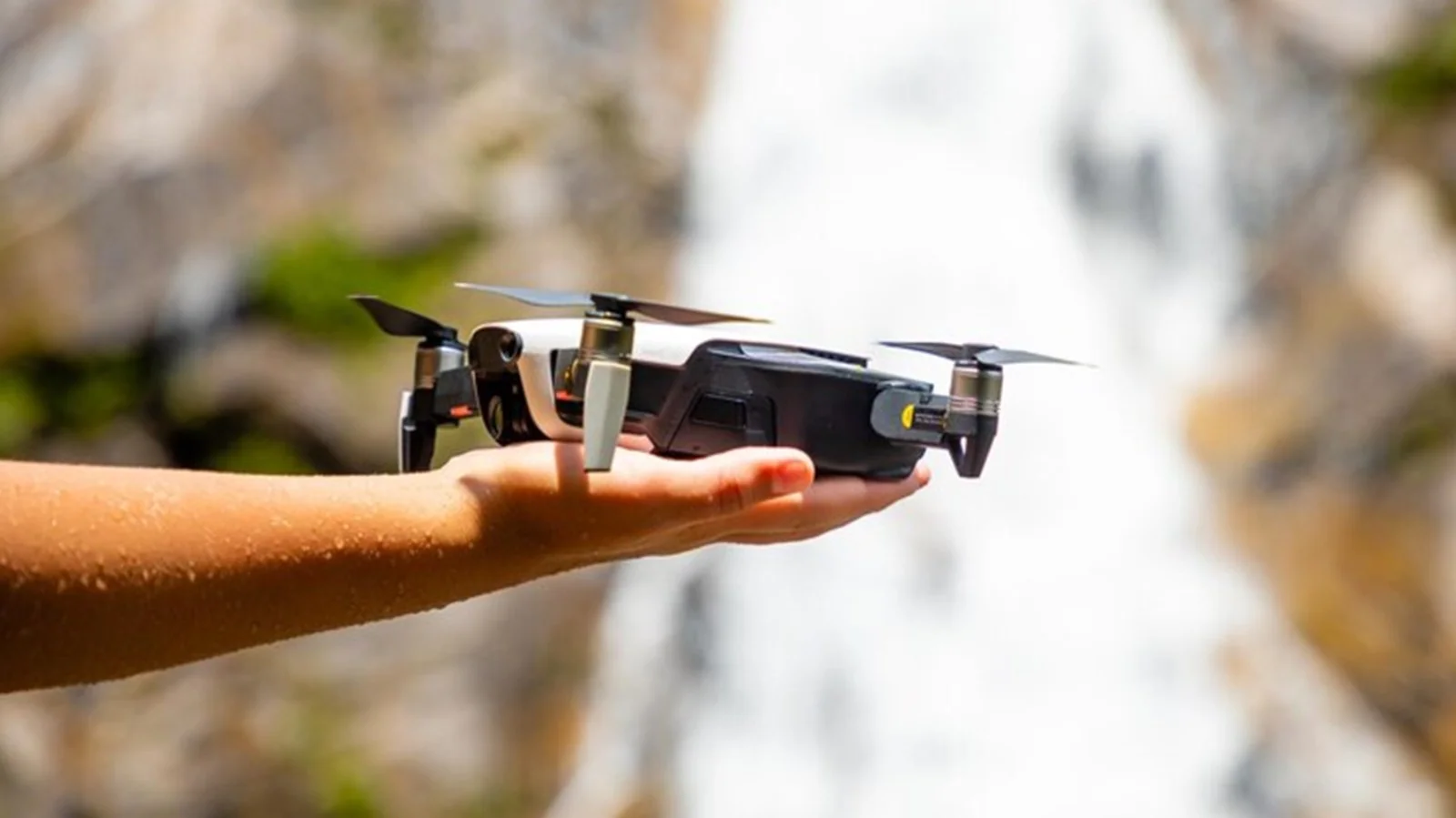
Leave a Reply